#ancient sculpture
Text
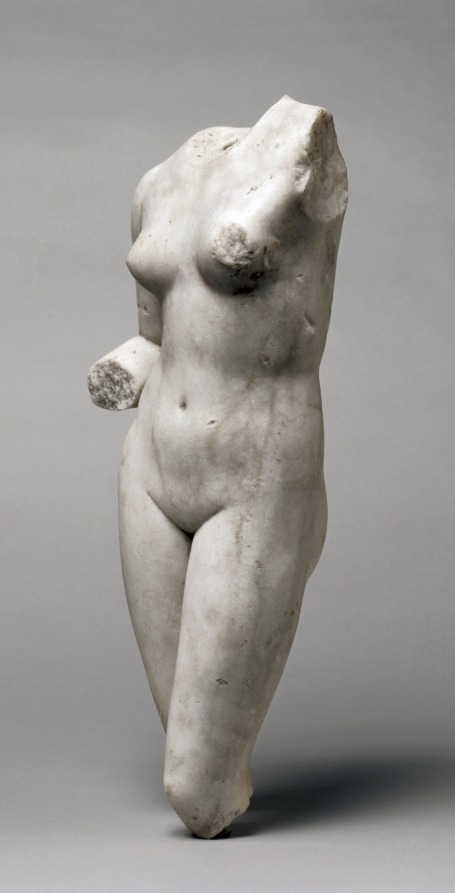

~ Torso of Venus.
Date: A.D. 1–200
Culture: Roman
Marble: Marble
#ancient#ancient art#history#museum#archeology#ancient sculpture#roman#ancient history#archaeology#ancient rome#roman empire#torso of venus#venus#marble#1st century#3rd century
401 notes
·
View notes
Text
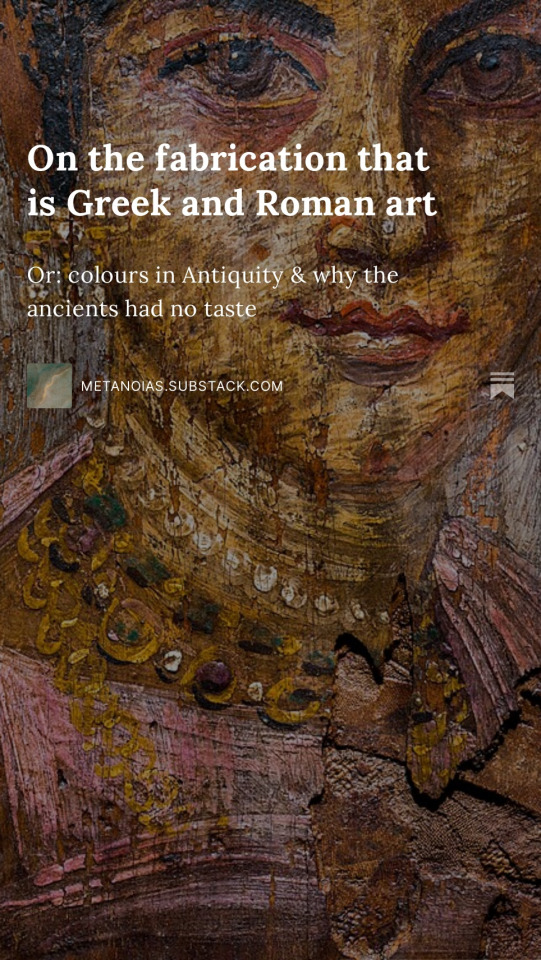
When you think of ancient Greece or the Roman Empire, visions of white togas, ivory temples and sand-coloured amphitheatres likely come to mind.
If so, you might be in for a surprise.
Because this off-white and eggshell-dominated palette, which inspired the pristine surfaces of Renaissance sculptures and the blank facades of Neoclassical buildings, is… a lie.
We now know the ancient world was steeped in colour. It was, perhaps, a tad too colourful for our modern sensibilities — even borderline garish at times.
Click here to learn why generations of scholars and artists believed in a monochrome Classical Antiquity and see historically accurate reconstructions of ancient statues and buildings in all their glorious peacockery.
#art#ancient art#ancient greece#ancient rome#ancient history#ancientmonuments#ancient cities#ancient civilizations#ancient sculpture#roman empire#roman art#art history#history#archeology#archaeology#colors#colours#colour#italy#greece#greek mythology#roman mythology#ancient greek#rome#rome italy#histoire#historic
711 notes
·
View notes
Text
308 notes
·
View notes
Text

I segni del tempo ©Tiziana Loiacono
#photographers on tumblr#conceptual#sculpture#ancient art#classical antiquities#ancient#history#museum#archeology#ancient sculpture#ancient history#archaeology#marble#dark
190 notes
·
View notes
Text
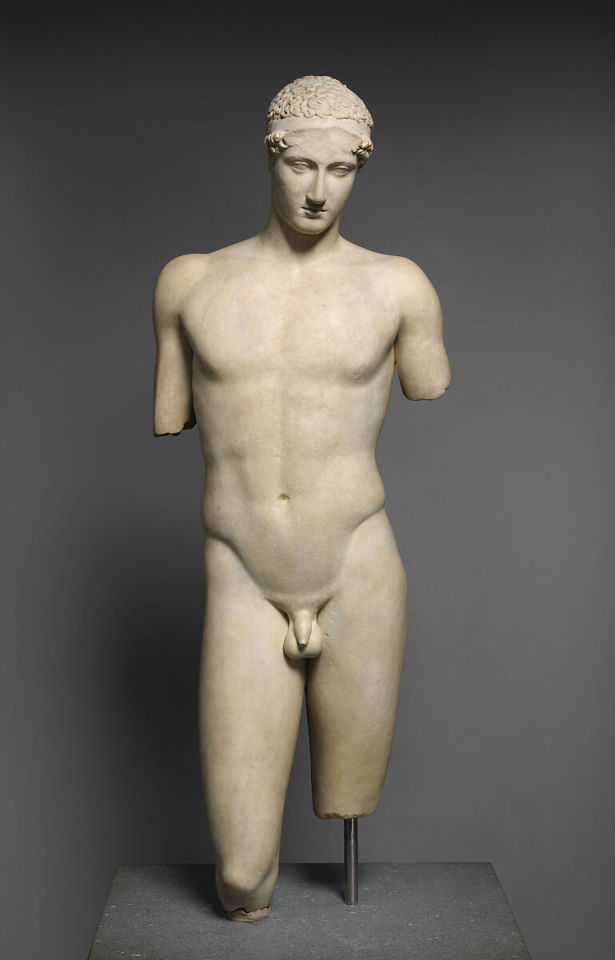

Stephanos Athlete, Roman, Early Imperial, Date late 1st century B.C. or 1st century A.D
#stephanos athlete#ancient art#ancient sculpture#marble sculpture#art history#roman art#roman history
211 notes
·
View notes
Text

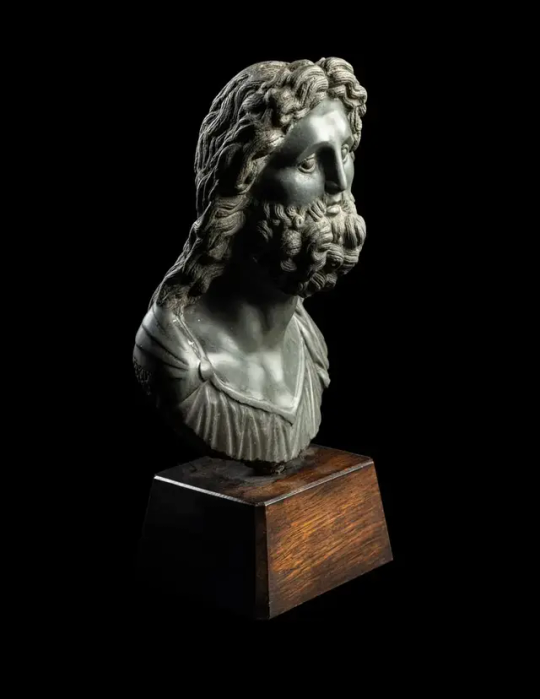


A Roman Green Schist Bust of Jupiter
Circa 1st-2nd Century A.D.
#A Roman Green Schist Bust of Jupiter#Circa 1st-2nd Century A.D.#sculpture#ancient sculpture#bust#ancient artifacts#archeology#archeolgst#history#history news#ancient history#ancient culture#ancient civilizations#ancient rome#roman history#roman empire#roman art
193 notes
·
View notes
Text
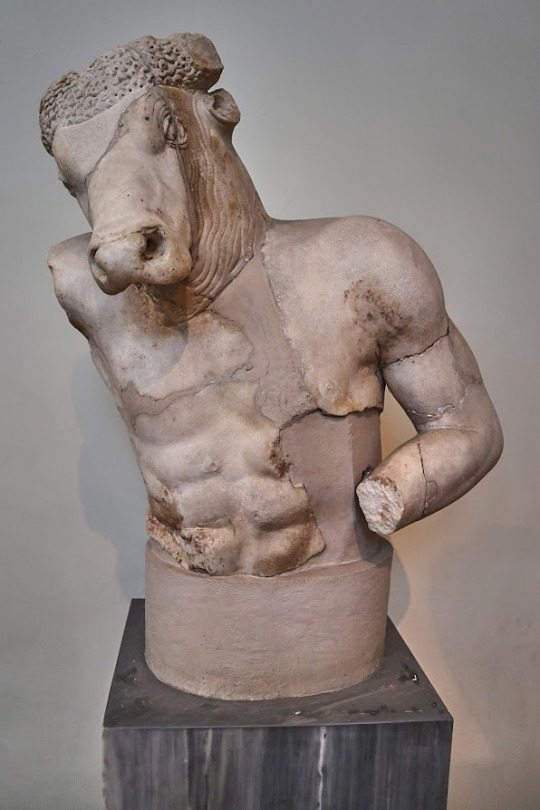
A marble sculpture of the Minotaur. A Roman copy of a Greek original by Myron. (National Archaeological Museum, Athens)
301 notes
·
View notes
Text
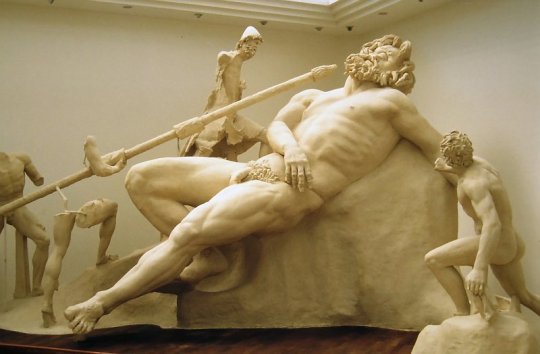
Reconstruction of a group of statues portraying the blinding of Cyclops Polyphemus by Odysseus and his men.
The destroyed statues were discovered in a collapsed coastal cave near the Italian village Sperlonga which has been identified as Spelunca, a place, where according to Suetonius, praetorian prefect Sejanus saved emperor Tiberius's life when the cave collapsed in 26 AD.
#ancient rome#emperor tiberius#sejanus#lucius aelius saianus#ancient sculpture#ancient civilisation#polyphemus#it awesome when you can connect an artefact with real historical event
211 notes
·
View notes
Text
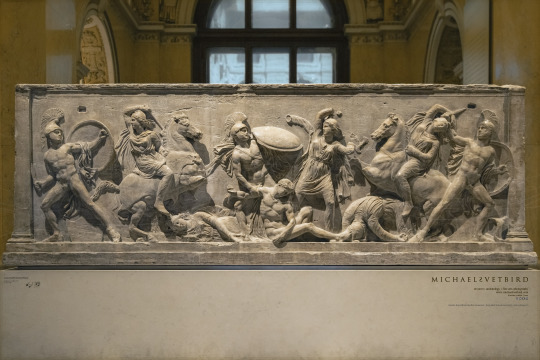

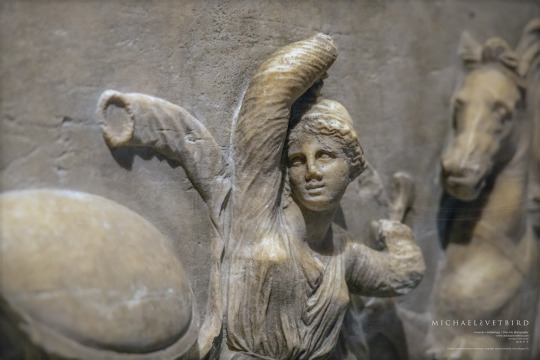
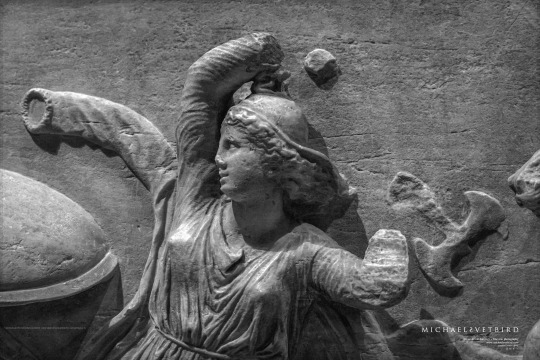

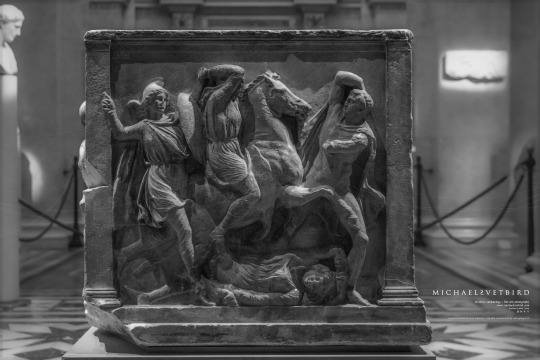
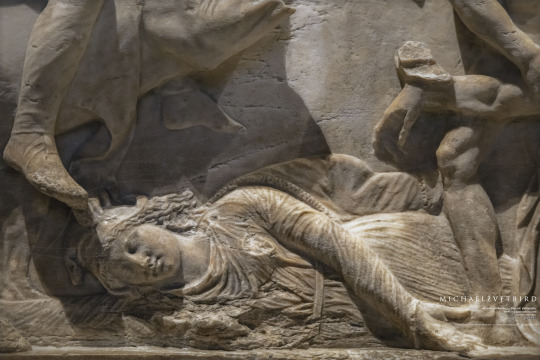
AMAZONOMACHY Sarcophagus
From Soli, Northern Cyprus [found in 1557]
https://en.wikipedia.org/wiki/Soli,_Cyprus
Hellenistic period, 2nd half of the 4th c. BC
Marble
Provenance and additional data:
https://www.khm.at/objektdb/detail/50832
KunstHistorisches Museum, Vienna | KHMV
["Ancient Greece and Rome", Saal XI]
• Web : https://www.khm.at/en
• FB : https://www.facebook.com/KHMWien
• IG : @kunsthistorischesmuseumvienna
KHMV | Michael Svetbird phs©msp | 08|23 6300X4200 600 [I.-VII.]
The photographed object is collection item of KHMV, photos are subject to copyright.
[non commercial use | sorry for the watermarks]
📸 Part of the "SARCOPHAGI:Reliefs" MSP Online Photo-gallery:
👉 D-ART:
https://www.deviantart.com/svetbird1234/gallery/69396046/sarcophagi-reliefs
👉 FB | Album:
https://www.facebook.com/media/set/?set=a.843393602695885&type=3
.
#vienna#kunsthistorisches museum#history museum#archaeological museum#sarcophagi msp#sarcophagus#ancient sculpture#ancient art#antiquity#ancient#cyprus#archaeology#museology#greek mythology#art history#hellenistic#amazons#αμαζόνες#amazonen#amazzoni#amazones#oiorpata#warrior women#amazonomachy#photo gallery#art photography#archaeology photography#sculpture photography#museum photography#michaelsvetbird
109 notes
·
View notes
Photo

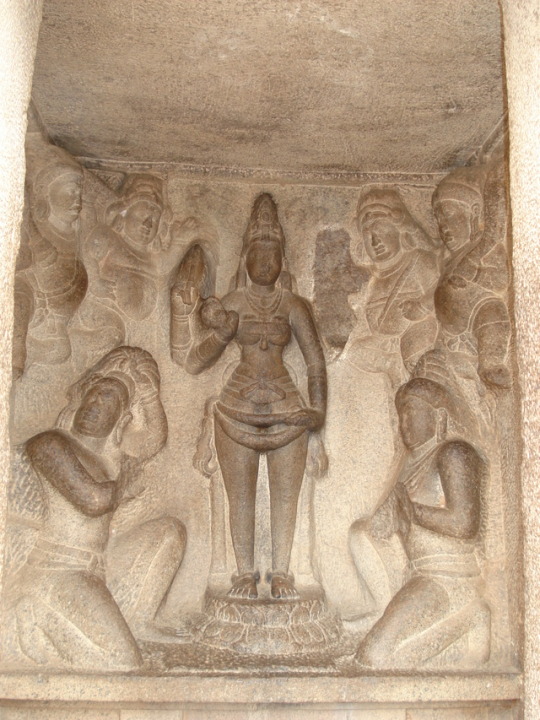


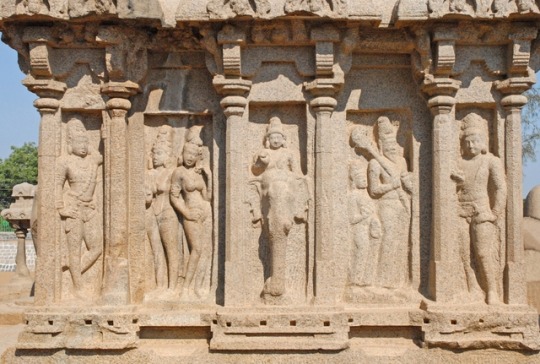
Bas reliefs in Mahabalipurammade in the 7th-8th century; Tamil Nadu, India
#mdpindia#sculpture#mdpsculpture#india#ancient sculpture#ancient#indian sculpture#hinduism#shiva#7th c. india#8th c. india
59 notes
·
View notes
Text

Roman statue of Apollo from Miletus, modern-day Turkey
Miletus is traditionally believed to have been founded by Cretan colonists from Miletos in southwest Anatolia somewhere before 1400 BCE. The site passed into Mycenaean, Carian, and Roman control.
This statue is from the Roman era, dating back to the 2nd century CE when Miletus was a flourishing free city.
Photo source: 🏺
130 notes
·
View notes
Text
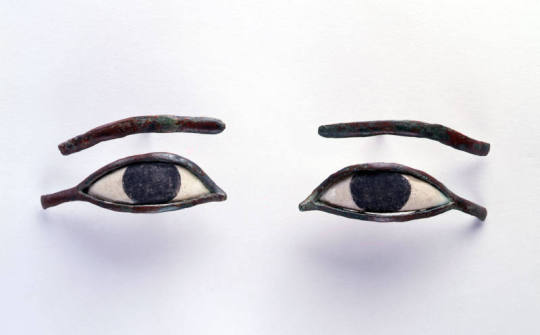
~ Pair of Eye Inlays.
Place of origin: Egypt
Period: Late Period, 25th-26th Dynasty
Date: 722-525 B.C.
Medium: Stone, alabaster, pigment.
#ancient#ancient art#history#museum#archeology#ancient egypt#ancient sculpture#ancient history#archaeology#egyptology#Egyptian#Egypt#pair of eye inlays#late period#25th dynasty#26th Dynasty#722 b.c.#525 b.c.
1K notes
·
View notes
Text

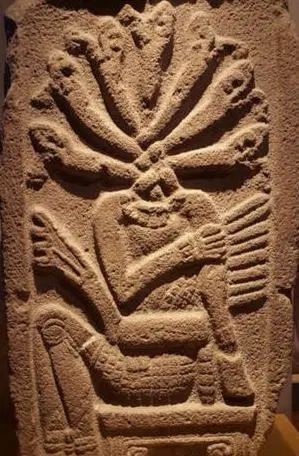
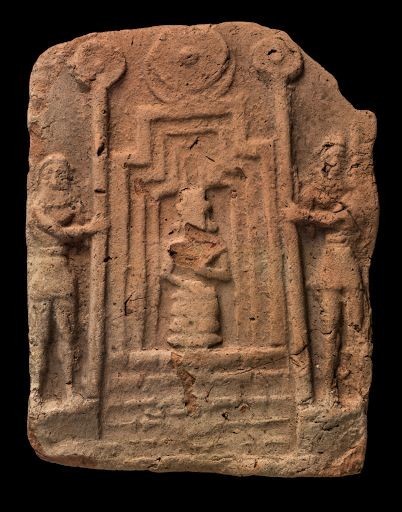
From web museum
#witch#witchcraft#witches#paganism#hellenic polytheism#hellenic deities#hellenic pagan#hellenism#ancient sumeria#sumerian#absurd#ancient art#ancient history#ancient sculpture#occultism#luciferian witch#deities#deity work#deity#pagan#ancient mesopotamia#archaeology#satanist#occult art#magick#art history#left hand path#theistic luciferianism#luciferism#ancientmonuments
87 notes
·
View notes
Text
436 notes
·
View notes
Text

Bronze portrait bust of a man
Roman
ca. 50 BCE-54 CE
#ancient art#ancient people#statue#bust#roman art#roman culture#antiquities#ancient history#classical art#classical sculpture#ancient sculpture#ancient statue#sculpture art#aesthetic#beauty#art history#aesthetictumblr#tumblraesthetic#tumblrpic#tumblrpictures#tumblr art#tumblrstyle#artists on tumblr
88 notes
·
View notes
Text

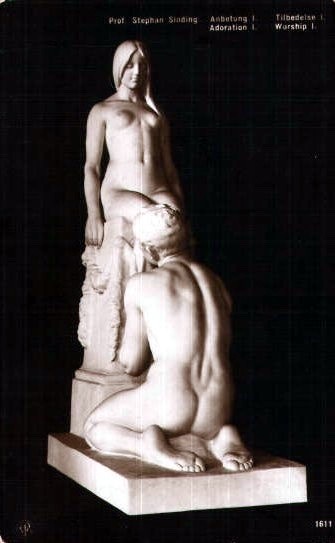
© Manuel Cojocaru, self timer picture, inspired by Stephan Sindig, Adoration (1903)
#stephan sinding#adoration#sculpture#classical art#classical greece#ancient greek#ancient sculpture#artistic nude
36 notes
·
View notes